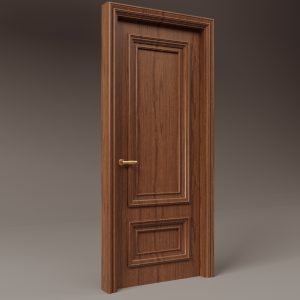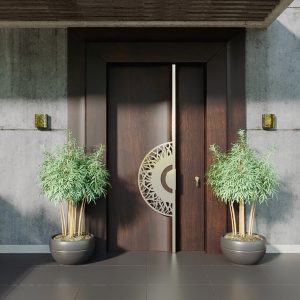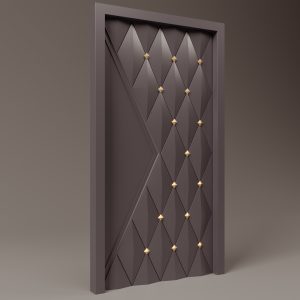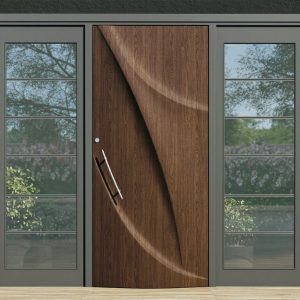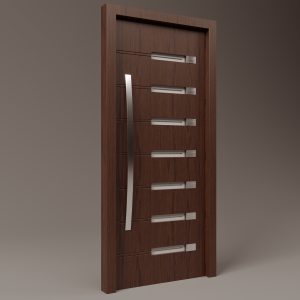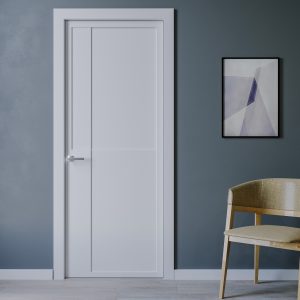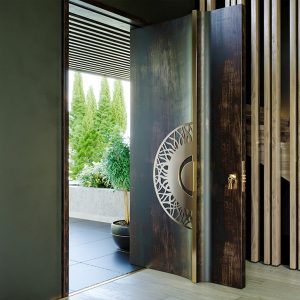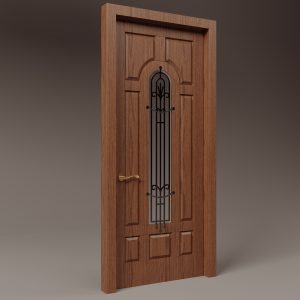Choosing the Right Wood Species for Your Exterior and Interior Doors
When it comes to selecting the perfect wood doors for your home, choosing the right wood species is of utmost importance. Each wood species has its unique characteristics, including durability, aesthetic appeal, and resistance to elements. In this article, we delve into the factors to consider when selecting wood species for both exterior and interior doors. By understanding the properties and qualities of different wood species, you can make an informed decision that ensures your doors not only look stunning but also withstand the test of time.
Hardwoods vs. Softwoods.
The choice between hardwoods and softwoods is an important starting point when selecting wood species for your doors. Hardwoods, such as oak, mahogany, and walnut, are known for their density, strength, and resistance to wear and tear. Softwoods, like pine, cedar, and fir, are generally lighter and more affordable. Consider the desired level of durability and the intended location of the door (interior or exterior) when deciding between these two categories.
Durability and Resistance to Elements.
For exterior doors, durability and resistance to elements are key factors to consider. Some wood species, such as teak or cedar, naturally possess excellent resistance to moisture, rot, and insects. These characteristics make them ideal for exterior doors exposed to varying weather conditions. Interior doors, on the other hand, may not require the same level of resistance but should still be chosen for their durability to withstand everyday use.
Aesthetic Appeal and Grain Patterns.
Wood species vary in their natural colors, grain patterns, and textures. Oak, for instance, offers a rich, warm tone and a prominent grain pattern, while maple exhibits a lighter, more subtle grain. Consider the overall aesthetic of your home and the desired look for your doors. Do you prefer a traditional, rustic, or contemporary style? Each wood species brings its unique character and visual appeal, so choose one that aligns with your desired aesthetic.
Maintenance and Longevity.
Different wood species require varying levels of maintenance and care. Some species, like teak or ipe, are naturally resistant to decay and require minimal upkeep. Others may need regular sealing or finishing to protect them from moisture and maintain their appearance. Consider the maintenance requirements of each wood species and your willingness to invest time and effort into keeping your doors in optimal condition.
Environmental Considerations.
In today’s eco-conscious world, it’s important to consider the environmental impact of your wood choice. Look for wood species that come from sustainably managed forests or have certifications like FSC (Forest Stewardship Council). Opting for responsibly sourced wood ensures that your doors are not only beautiful but also align with your commitment to environmental sustainability.
Choosing the right wood species is a crucial step in selecting exterior and interior doors that meet your functional and aesthetic needs. Consider factors such as durability, resistance to elements, aesthetic appeal, maintenance requirements, and environmental considerations when making your decision. By understanding the properties of different wood species, you can confidently choose doors that not only enhance the beauty of your home but also stand the test of time. Invest in the right wood species, and you’ll enjoy the natural elegance and enduring quality that wood doors bring to your living spaces.


